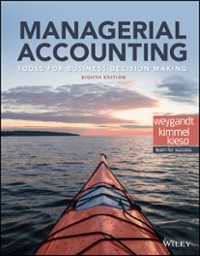Answered step by step
Verified Expert Solution
Question
1 Approved Answer
1: Assume that you are considering the purchase of a 15-year bond with an annual coupon rate of 9.5%. The bond has face value of
1: Assume that you are considering the purchase of a 15-year bond with an annual coupon rate of 9.5%. The bond has face value of $1,000 and makes semiannual interest payments. If you require an 11.0% nominal yield to maturity on this investment, what is the maximum price you should be willing to pay for the bond? Question 2 5-year Treasury bonds yield 5.5%. The inflation premium (IP) is 1.9%, and the maturity risk premium (MRP) on 5-year bonds is 0.4%. What is the real risk-free rate, r*? Question 3 Niendorf Corporation's 5-year bonds yield 6.75%, and 5-year T-bonds yield 4.80%. The real risk-free rate is r* = 2.75%, the inflation premium for 5-year bonds is IP = 1.65%, the default risk premium for Niendorf s bonds is DRP = 1.20% versus zero for T-bonds, and the maturity risk premium for all bonds is found with the formula MRP = (t - 1) x 0.1%, where t = number of years to maturity. What is the liquidity premium (LP) on Niendorf s bonds? Question 4 Levine Inc. is considering an investment that has an expected return of 15% and a standard deviation of 10%. What is the investment's coefficient of variation? Question 5 Mikkelson Corporation's stock had a required return of 11.75% last year, when the risk-free rate was 5.50% and the market risk premium was 4.75%. Then an increase in investor risk aversion caused the market risk premium 10 rise by 2%. The risk-free rate and the firm's beta remain unchanged. What is the company's new required rate of return? (Hint: First calculate the beta, then find the required return.) Question 6 If in the opinion of a given investor a stock's expected return exceeds its required return, this suggests that the investor thinks ??? Question 7 Francis Inc.'s stock has a required rate of return of 10.25%, and it sells for $57.50 per share. The dividend is expected to grow at a constant rate of 6.00% per year. What is the expected year-end dividend, DI
Step by Step Solution
There are 3 Steps involved in it
Step: 1

Get Instant Access to Expert-Tailored Solutions
See step-by-step solutions with expert insights and AI powered tools for academic success
Step: 2

Step: 3

Ace Your Homework with AI
Get the answers you need in no time with our AI-driven, step-by-step assistance
Get Started


